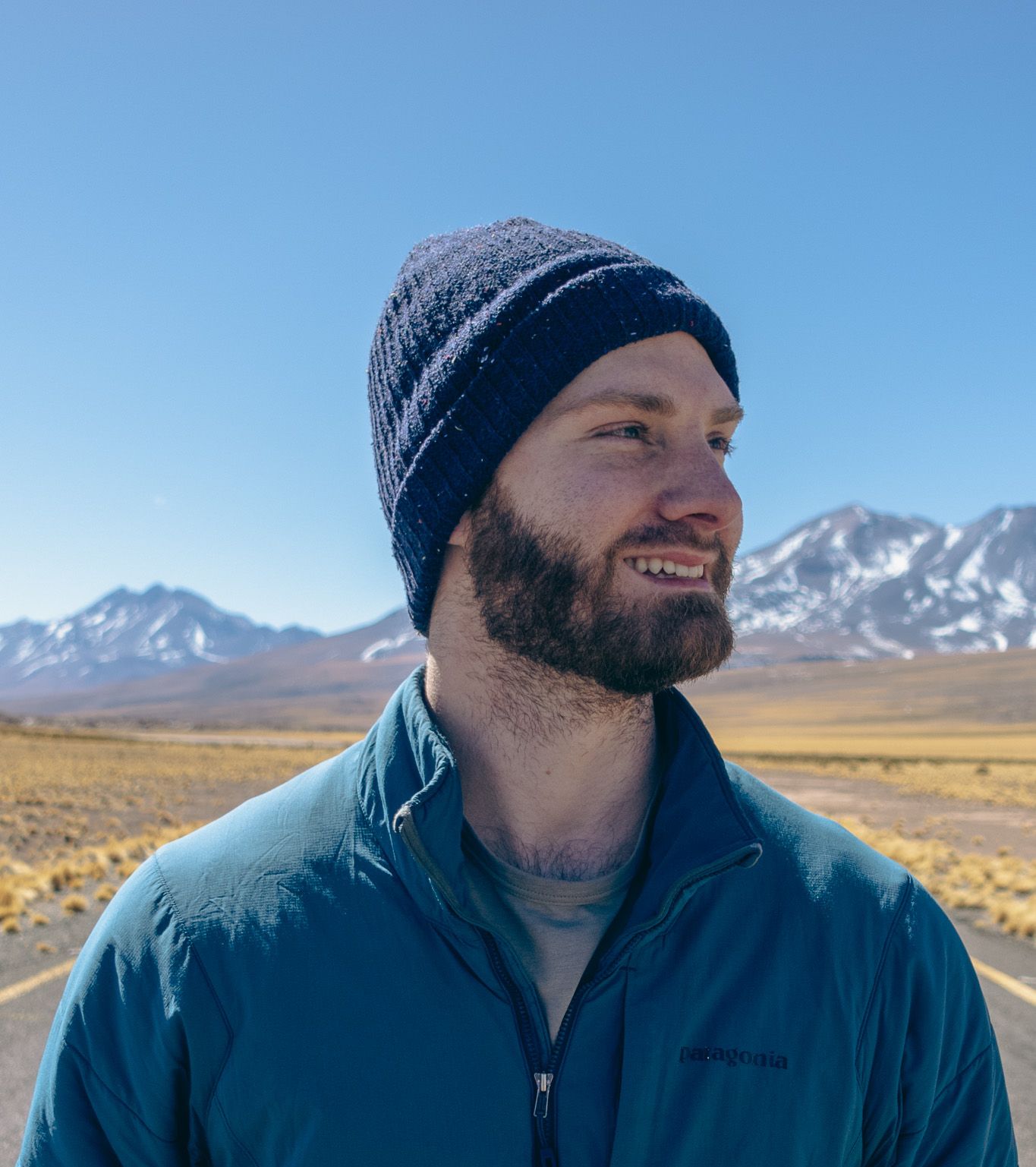The Beginner’s Guide to Summer Camping
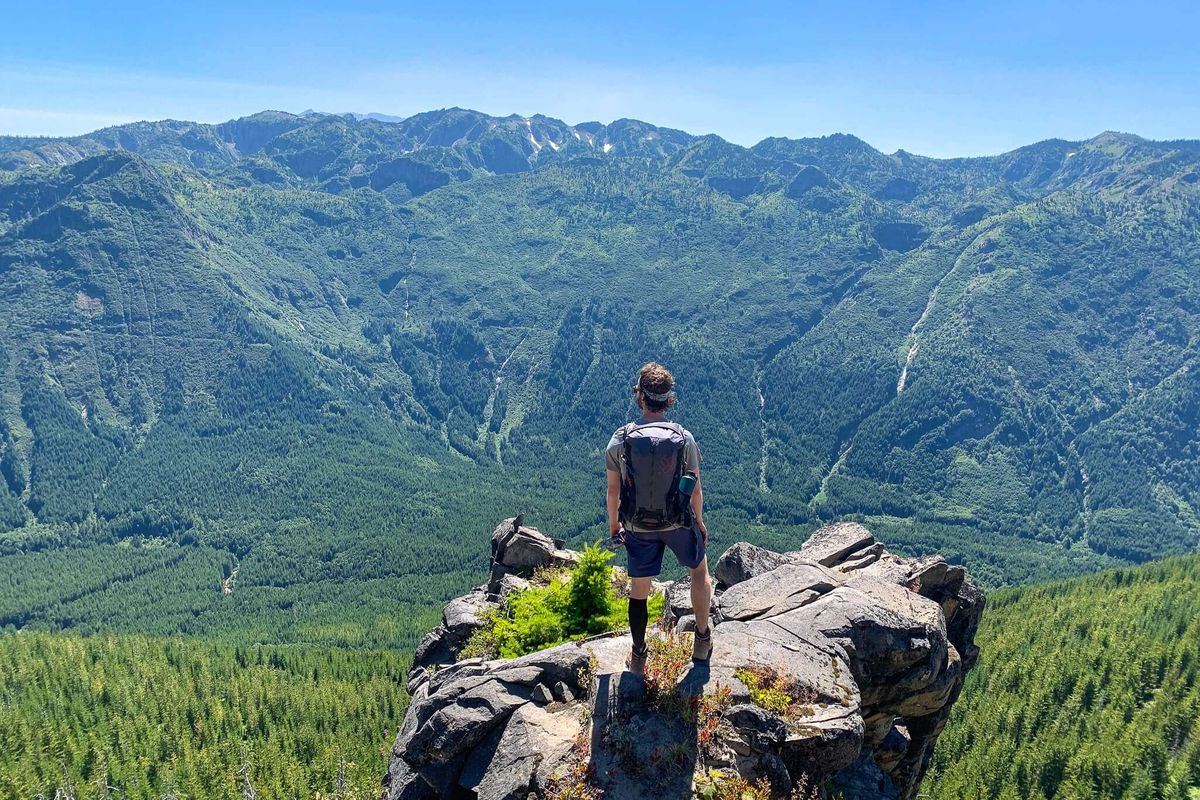
So you want to go on a summer camping trip. There are typically three main reasons: either you’ve grown up doing this, you just started dating someone who decided this was your life, or you feel peer pressured by Instagram telling you that everyone is waking up to beautiful vistas.
Whatever the case, camping takes a little bit of prep and know-how to ensure you have an enjoyable and safe experience. It may seem a little intimidating at first, especially for those that haven’t grown up close to nature. But with some planning and practice, I’d argue there’s no better way to spend your time in the summer.
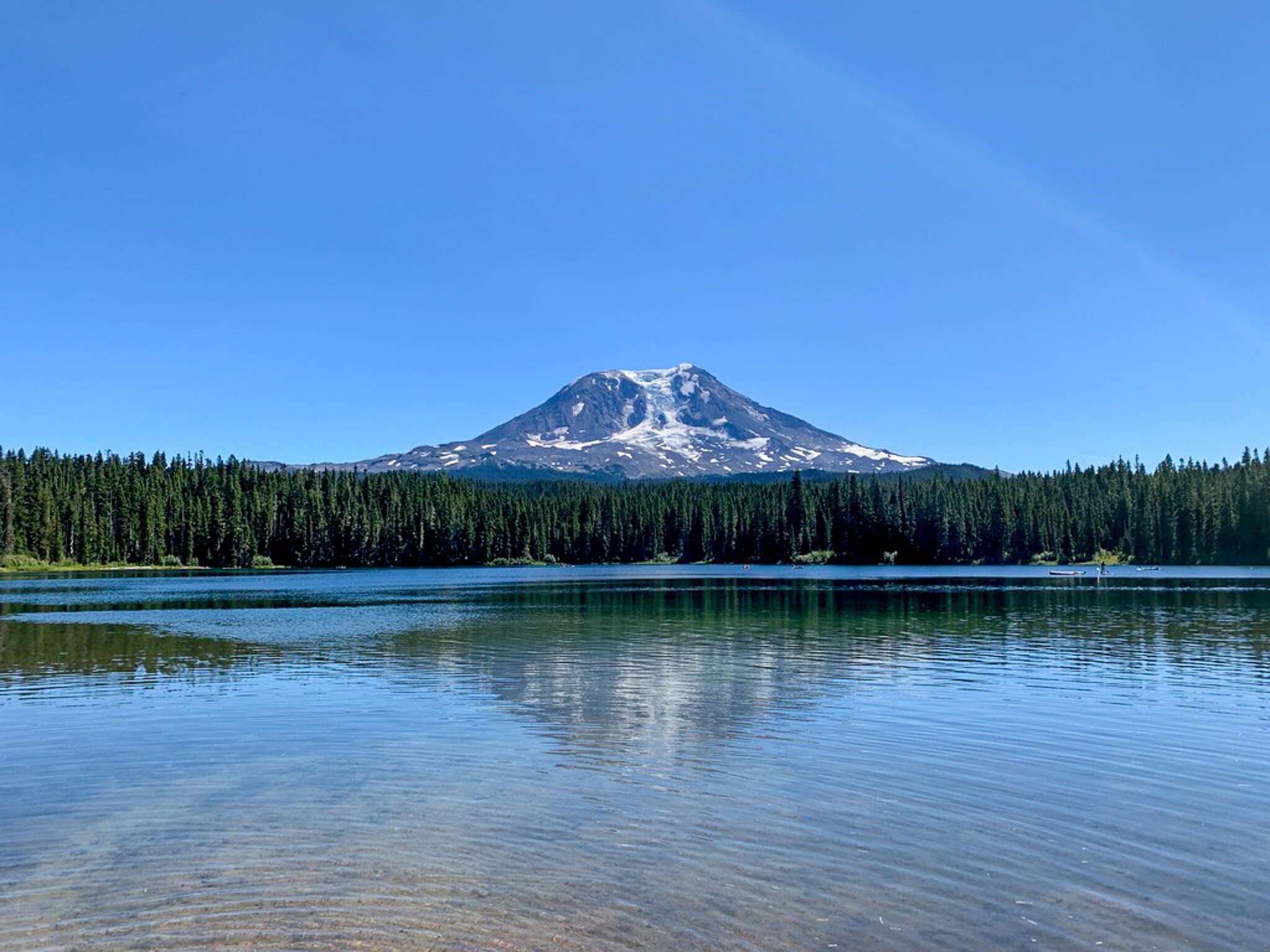
A Few Ground Rules
Before we get too in the weeds, there are some basic tenants that you should know before you head out on your summer camping adventure.
Leave No Trace (LNT)
A basic but essential premise that all hikers and campers abide by. We share these spaces with others and need to work together to maintain them. First, clean up your trash. There’s nothing worse than seeing an old candy wrapper or beer can next to an otherwise pristine river. If you pack it in, you need to pack it out.
It may seem obvious, but unfortunately, it’s not apparent enough to many people. We share this world with each other, so we must help maintain it together.
We all love fires – some would say it’s the main reason to go camping (I don’t disagree). But you should only light a fire in the designated camping ring. And be sure to check and see if your area is under a “burn ban” at the moment. Some places, especially on the west coast, will introduce burn bans to help eliminate the risk of wildfires.
As always, just get familiar with the rules of the forest/campground you’ll be in.
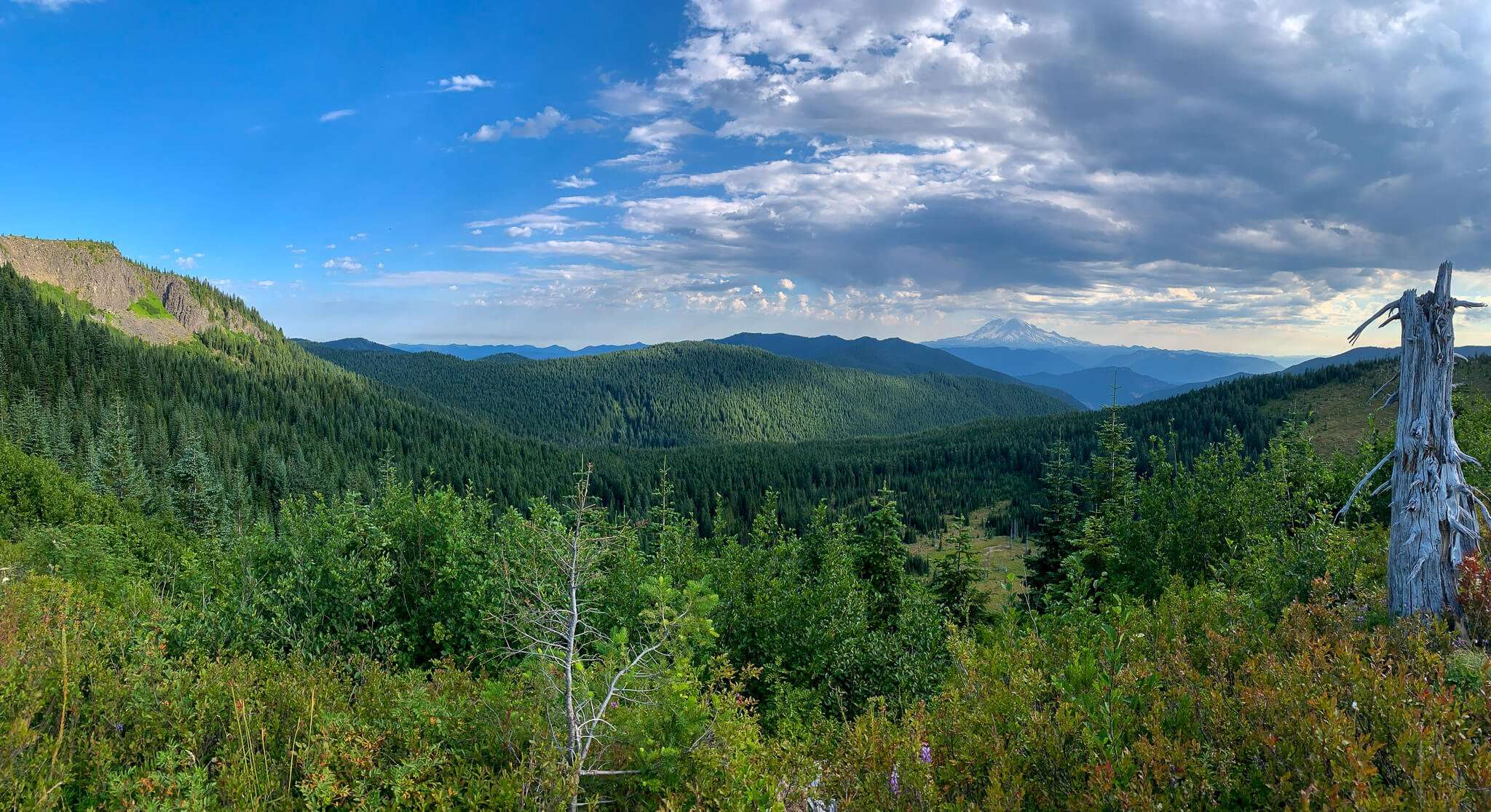
Be Prepared
Maybe this goes without saying as well, but nonetheless essential to re-iterate. You’ll likely be out in the woods and removed from most of the creature comforts you’re used to – like fast-acting first responders.
Get familiar with the area you’ll be camping in. What landmarks (lakes, mountains, rivers, etc.) are in the area to help identify where you are. Do people live around you? Where can you go if you need help?
Bring maps, even the physical ones. It might seem silly with apps like Alltrails or Gaia GPS, but nothing beats analog.
What kind of wildlife is in the area? Do you need to be prepared for bears? What about plants? Does the area have poisonous plants? Nothing will ruin summer camping like some poison ivy or poison oak.
What’s the weather like? Again might sound obvious, but when I was young, my buddies and I took a summer camping trip without really looking at the weather. Naturally, we got rained out.
Most of these questions should be answered on the state, local, or national forest service websites. Everywhere is different so just get familiar, read thoroughly, and you should be in good shape.
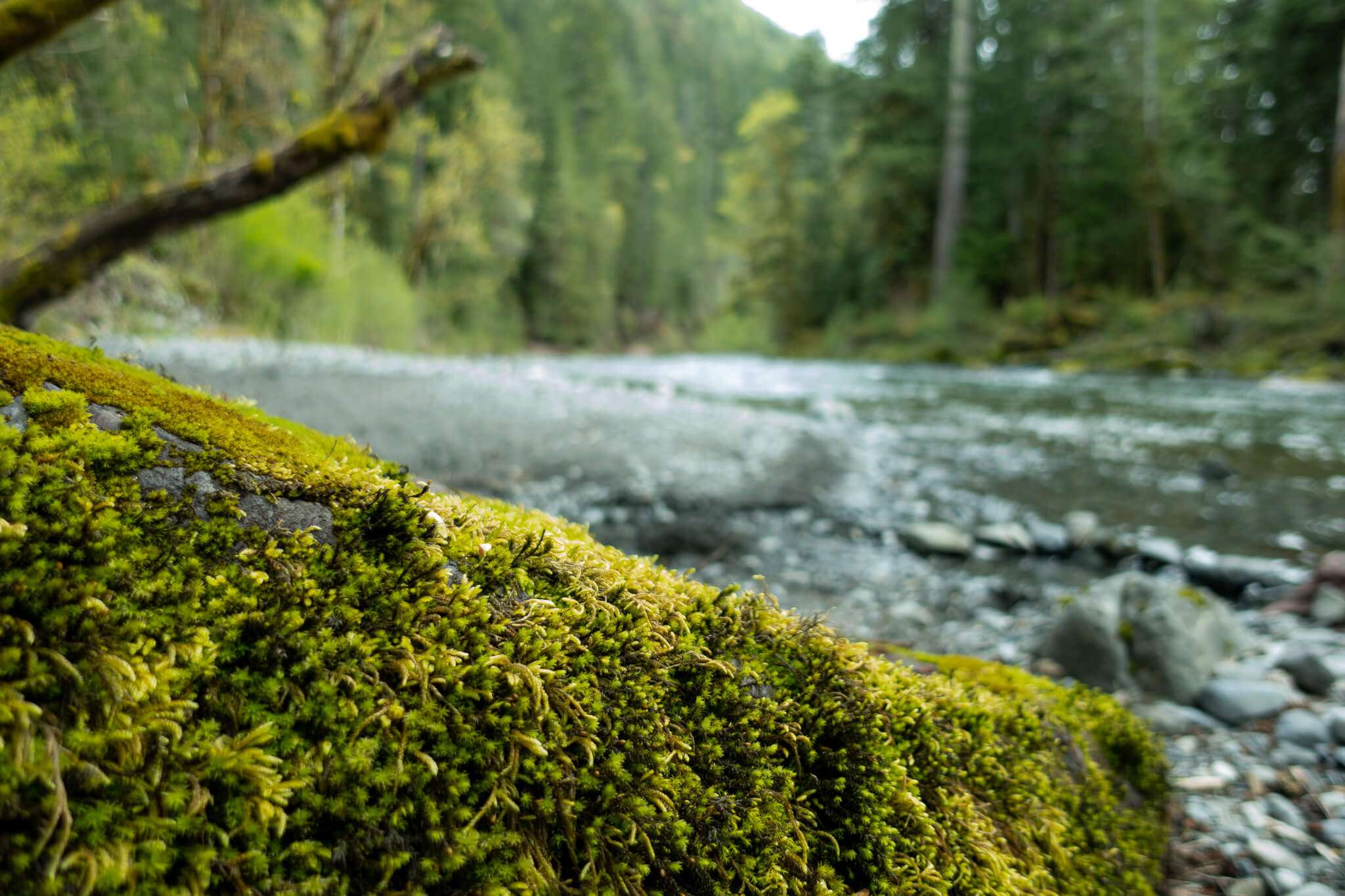
Types of camping
People tend to use the term “camping” pretty loosely nowadays. For some, camping can resemble something more like a five-star hotel. For others, camping is isolating yourself in the wilderness and testing yourself to become a stronger person. Both technical fall under the “camping” umbrella but mean vastly different experiences.
Car camping
When it comes to summer camping, this is probably the most common definition. With car camping, you simply load up a car with camping gear and head to a designated campsite. Since you’re in a car, there’s no real restriction on the weight of the equipment you bring, as long as it fits in the car.
When you’re car camping, life will probably be relatively uneventful. The campsite often has toilettes, running water (though many don’t, this can range quite a bit), firewood, and a camp host – someone to check you in and help answer questions. Just set up your gear and get the fire started.
These campsites will likely be highly trafficked, so you’ll have some neighbors on your summer camping tour. This also means that space is a hot commodity, so be sure to know if your campsite has a first-come-first-served, reservation, or hybrid system.
Dispersed Camping
Dispersed camping may look similar to car camping, but some key differences exist. First, there’s no designated campsite. Instead, dispersed camping involves driving through forest roads to find a spot you can camp. You’ll usually be pretty isolated, with no modern conveniences aside from the stuff you brought with you.
Make sure you know the rules of where you’re camping. Most of the time, it’s not legal to pull over and set up camp on any road. Designated forest roads in national parks are a safe bet, but state parks can vary significantly.
A common misconception is that you need a big car for dispersed camping. While it is helpful because since some of those forest roads are a bit treacherous, it’s definitely not necessary. I’ve done some dispersed camping trips in a small sedan – it’s not ideal, but it can work.
I’ll lump the term “overlanding” into this category as a more intense version of dispersed camping.
Backpacking
My personal favorite is backpacking. You load your gear into a backpack and set out into the woods. You can only bring what you carry and will be hauling ~20 pounds or so of gear while hiking up a mountain.
I love the physical and mental tests that backpacking puts you through. Backpacking needs a particular degree of preparedness; you’ll need to ensure you have the proper permits, gear, and intimate knowledge of the area. It’s a risk but an incredibly rewarding one.
Also, your food at camp tastes so good after hiking 20 miles…even the freeze-dried backpacking food tastes damn good.
Glamping
This is basically just staying in a hotel in the forest that looks like it was made to be on Instagram. This is fun and has its place, but it’s a stretch to call this “camping.”
RVs/Vanlife
This one is self-explanatory; the big difference is that you usually sleep inside the van/RV, not outside.
Your Instagram feed is definitely full of vanlife couples who are somehow disconnected from society yet more connected simultaneously. Vanlife is fun and can run that gamut from overlanding to more casual camping.
The other spectrum is RVs, gigantic 40-foot rigs you see on the highway. These things have all the creature comfort you get at home, including a shower and a bathroom. Definitely more “glamping” than anything.
Essential Gear
There’s no way around it; camping of any sort does require a good amount of specialized gear. That said, you can be more minimalist or maximalist, depending on the type of summer camping you’ll be doing. I’m the type who will try and buy gear, especially the essentials, that will suit me in most situations. For example, I don’t want a separate tent for backpacking and car camping. And then, depending on the type of camping, amend the gear list to match.
This is definitely going to cost some money as well. But the benefit is it’s just an upfront cost, and the more camping you do, the cheaper the gear becomes. It might seem like dropping around $500 or so is a lot, but if you take 5 camping trips each year, the kit will pay for itself quickly.
We’ll start with the summer camping essentials, then get into some fun picks.
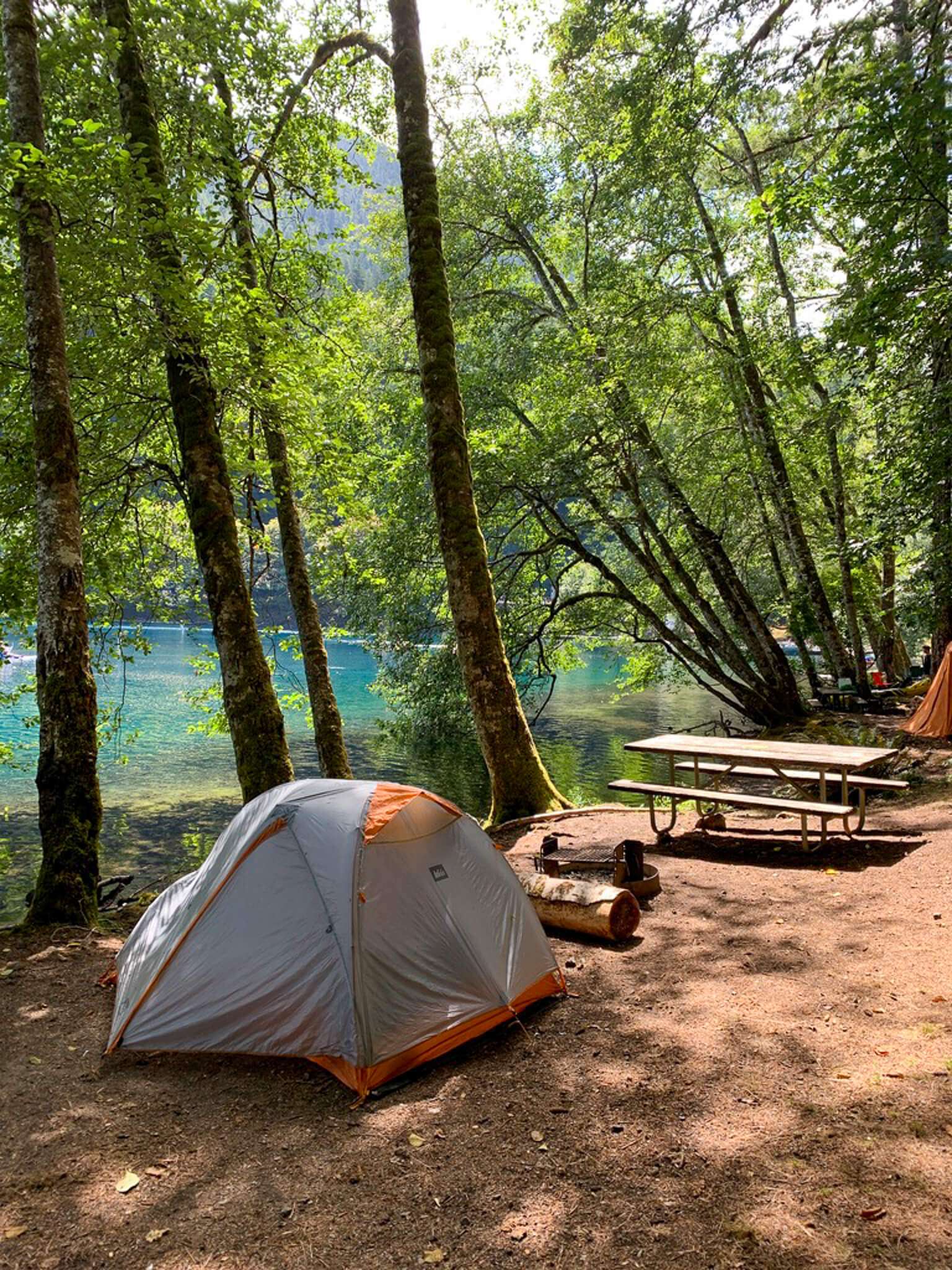
Tent
There are a few ways to go with a tent. You can get some colossal ass tents that will fit a family of five, or you can get an ultralight tent that you need trekking poles to set up.
I’ll never advocate for the big tents that fit a family of five because a) they’re heavy as shit and b) a pain in the ass to set up. And they just look ridiculous.
Since I try to go backpacking often, weight is a consideration for me when looking for a tent – it needs to be light enough to carry but spacious and comfortable enough for more casual use.
Unfortunately, the lighter the tent, the more it will cost you. So it’s definitely a balance when looking to buy one, especially if you’re new to camping and not trying to spend a whole paycheck at REI. But that said, it’s almost always worth a more considerable upfront investment – it’ll last longer and be better quality.
My Pick
Sleeping Bag
The sleeping bag is the second most important part of your summer camping kit. Like tents, you can expect to drop a decent amount of cash on a sleeping bag, but it’s worth the investment.
Most sleeping bags either use down or synthetic fabrics. Down is usually better at regulating temperatures, but it comes with a pretty hefty price tag. Synthetic sleeping bags are cheaper but are heavier and not quite as warm.
Sleeping bags are rated based on what temperature you can sleep comfortably in. Since we’re talking summer camping, you probably won’t need to worry about dramatically cold temperatures. I’d look for a sleeping bag rated around 30 degrees since some areas can get cold at night, even during summer camping.
My Pick
REI Co-op Trailbreak 30 Sleeping Bag
Sleeping Pad
Yes, you do need a sleeping pad. Otherwise, prepare for the most uncomfortable night of your life. For the most part, there are two types of sleeping pads: inflatable ones or non-inflatable ones.
Inflatable pads are great for backpacking because they are small and don’t weigh much. But they can get holes and need a mid-camping repair job. Not fun.
Noninflatable pads are simple and easy to set up but take up quite a bit of space. And I’d say they are generally less comfortable than inflatable sleeping pads, in my experience.
Important to note that sleeping pads, like sleeping bags, are also rated for specific temperatures. Some give more or less insulation from the cold. Though if you’re summer camping, this is likely less of an issue for you.
My Pick
Therm-a-Rest NeoAir XLite Sleeping Pad
Cooking Set
Regardless of what kind of camping you’ll be doing, you’ll want a small cooking set. If you’re car camping, you’ll be able to bring much more extensive and heavier cooking equipment to make some decadent breakfasts. If you’re backpacking, you just want a small stove to boil water for your freeze-dried meals.
Either way, you’ll want something small and easy to use for at least making coffee/tea in the morning.
My Pick
Soto Amicus Stove Cookset Combo
Head Lamp/Lighting
Even when camping in the summer, the sun will eventually go down. From cooking to bathroom trips to virtually anything, you’ll need plenty of light while camping. It’s surprising how disabling the dark can be. In emergency situations, light will be the most vital commodity.
At the very least, you’ll want to invest in a good headlamp – ideally, each person should have one at the campsite. You’ll also want some backup light sources, like lanterns and flashlights, and you can’t have enough backup light sources.
My Pick
First Aid
Since preparation is always essential, making sure you have a small first aid kit is critical. It doesn’t need to be extensive, just one with the basics. Stores like REI sell little first aid bundles that I’d suggest picking up.
My Pick
Adventure Medical Kits Ultralight/Watertight .3 Medical Kit
Extras
Fireproof gloves
Invest in some fireproof gloves. You’ll likely spend most of your time tending the fire…that’s just how it is. Fires require maintenance and attention to keep roaring throughout the night. With some fireproof gloves, you can move the logs around and show the fire who’s boss like never before. Plus, it’s fun.
Make sure you test them first, before you go balls deep in the fire.
My Pick
Tiny Lantern
This little lantern from Goal Zero is so functional. It can produce a good amount of light and has a USB to charge some electronics in a pinch. It’s so small that I even take it on backpacking trips with me.
My Pick
Goal Zero Lighthouse Mini Core Lantern
Aeropress
Is there anything better than sipping a warm cup of coffee in the morning in the middle of nowhere? I think not. The best portable coffee maker, hands down.
My Pick
AeroPress Go Travel Coffee Press
Camping Chairs
If you’re car camping, you’ll want some camping chairs around the fire. Don’t rely on the picnic table at the campsite.
My Pick
Camp shoes
Sometimes you’ll spend days hiking around the campsite. There’s nothing more satisfying than slipping into some comfortable socks and camp shoes before parking by the fire for a bit. Get some that are easy to slip on and off in case some late-night bathroom trips pop up.
My Pick
Dutch Oven
This will seriously level up your food game during summer camping. It’s incredibly luxurious and unnecessary, but you can make some great meals that feel decadent. I’ve made shakshuka, nachos, a frittata, and even a seafood stew with freshly harvested oysters from the beach at the campsite.
It’s a pain in the ass to clean at camp, so line it with tinfoil to contain the mess.
My Pick
Lodge Camp Dutch Oven – 6 qt./12 in.
Tips and Tricks
- Get organized. If you’re car camping, get some plastic bins to put all your equipment. You’ll inevitably accumulate a collection of gear and food, so staying organized will make loading the car easier.
- Be early. If it’s a first-come-first-served campsite, try taking the Friday before the weekend off. You’ll likely get there before the hoards of weekend warriors and have more campsite options.
- Embrace the dirt. You’ll probably be getting your hands, and everything else, dirty. In fact, if you don’t, you’re probably doing it wrong.
